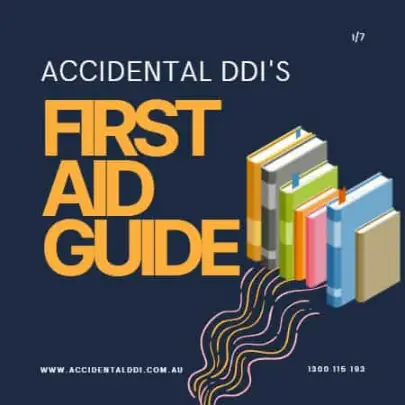Training and Assessment Delivered on Behalf of Allens Training Pty Ltd RTO 90909
Seizures and Epilepsy- What You Should Do
Updated 06/08/2024 with information on post seizure care and seizure medication.
Throughout our lives, at least 1 in ten people we know will suffer a seizure. If you were to see a loved one seize, what would you do? What should you do? In this article we are going to get a better understanding of seizures, learn what to do when someone has one, and understand when to call an ambulance.
What Is A Seizure?
In our brain, we have things called “Neurons” These are nerves that use electrical impulses to send information through the brain, and to our nervous system. Put simply, whenever we think or move, some of our 86 billion neurons activate in just the right order to make it happen!
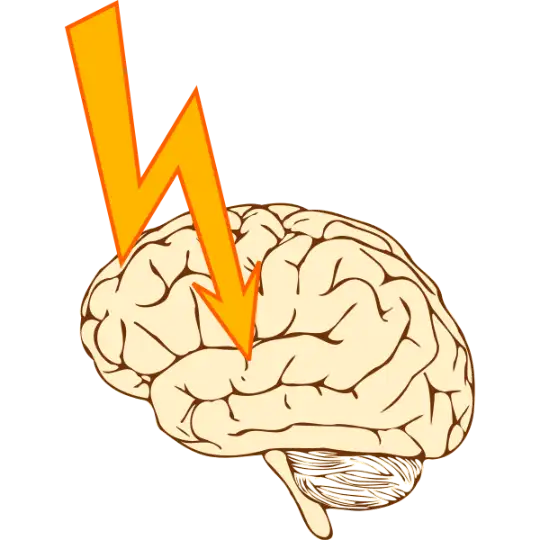
So what happens when a person has a seizure? There is a big, sudden, uncontrolled burst of electricity. Rather than our neurons working in an orderly manner, random neurons start to turn on and off.
We could liken it to traffic lights. For an intersection to be safe, all the traffic lights have to work in a particular order. But what would happen if a set of traffic lights had a short circuit and started changing at random. Chaos would ensue!
Are all seizures epilepsy? No. Epilepsy is a condition for when a person has repeated seizures. Around half of the people who have a seizure will never have another,
What can trigger a seizure?
Many different things can trigger a seizure: medical conditions that affect the brain like blood pressure disorders or low blood sugar. The effects of drugs and alcohol on the brain. A lack of oxygen, severe trauma or even a cardiac arrest.
Some people have a form of epilepsy called photosensitivity epilepsy which is caused by flashing lights and colours. But don’t be too afraid! It’s super rare. Only 5% of people with epilepsy have this. So you don’t have to worry about the whole family seizing watching that episode of Pokemon
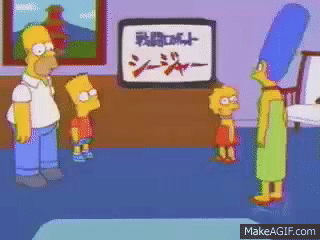
What types of seizures are there?
This random burst of electrical activity can affect a person in many ways. Here are some of the more common types of seizures:
Tonic-Clonic Seizure:
This is probably what comes to your mind when you think of a seizure. It can be scary to see a loved one go through this. What does it look like? A person might turn in one direction, become unconscious, fall to the ground and then have their muscles stiffen and jerk. They won’t respond when spoken to and the result of all this could cause them to briefly stop breathing or lose control of the bladder and bowel. This type of seizure can last from seconds to minutes
Absence Seizure:
When a person has an absence seizure, they might look like they are staring of into the distance or daydreaming. There eyes and eyelids may turn or flutter and they suddenly become unaware and unresponsive to everything around them. These can last for 2 to 20 seconds. Afterwards the person is often unaware of what happened during the seizure.
Focal Seizures:
These are similar to absence seizures, but during them a patient can be somewhat aware of what is going on, however they are unable to speak or respond. Or they may experience sensations and changes in feelings and behaviours. Focal seizures are often a warning that a person is going to have a more serious type of seizure.
What to do
Ok, so let’s go through what to do when someone has a seizure. First of all, it’s important to stay with person and monitor the situation, don’t run off to get help and leave them alone. Note the time, or start a timer on your phone. The length of a seizure matters, but we’ll get to that later.
When a person is seizing, it’s up to you to keep them safe? What does that involve? Try to quickly remove potential hazards. For instance, if a person has a seizure at a dining table, move any knives or forks away from the person and quickly! If someone is on the floor and having a tonic-clonic seizure, try to keep their head save by putting something soft under it.
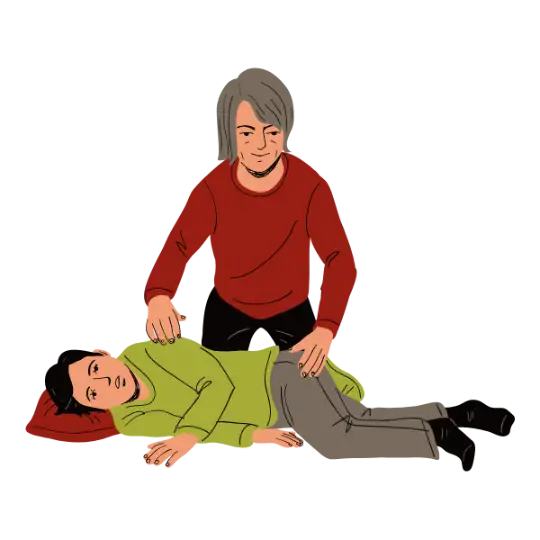
Generally, within seconds to minutes the seizure will end. When it ends, roll the person onto their side into the recovery position. This will help drain fluid or vomit from their mouth if needed. Monitor their breathing, generally they should start breathing again very quickly. Of course if breathing doesn’t resume quickly, you’ll need to follow the DRSABCD Action plan.
Be gentle and reassuring, and care for them afterwards. Often after having a seizure a person can have a headache or feel weak and disoriented.
What You Shouldn’t Do:
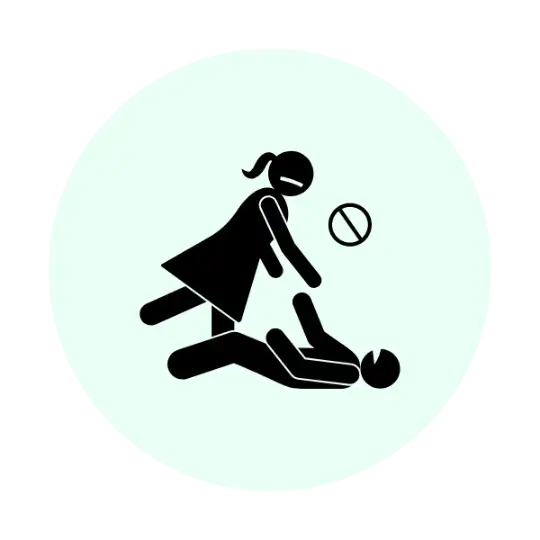
Restrain the person
Why shouldn’t you do this? For one thing, it doesn’t do anything. A seizure starts in the brain. Limiting a persons movement isn’t going to stop their brain from malfunctioning. Even worse, if you restrain someone having a seizure it could lead to dislocations or broken bones, and you could potentially get injured.
Move the person
It’s best to let the seizure run its course rather than move the person. Only move someone if absolutely necessary, for instance, if they are near stairs and could fall down.
Put something in their mouth
Its a common myth that people can swallow their tongue when they have a seizure. Often people attempt to put something in the persons mouth to stop this. This is not good. First of all, a person who has a seizure can’t swallow their tongue. Second, if you stick a cloth in a persons mouth while they are having a seizure, they could injure their teeth or jaw.
Seizure Management Plans
If someone has a history of epilepsy, they may have a management plan. These are super helpful. They show what triggers a persons seizures and what warning signs a person has that a seizure is about to occur. They’ll also show what first aid a person needs, when to call an ambulance, and what emergency medication they may need.
So if someone you know has epilepsy, make sure to get up to speed with their plan!

When to call an ambulance
With seizures, you won’t always need to call an ambulance. Generally they will run their course. So when might you need to call an ambulance:

Here’s where your timer comes in handy. If the seizure lasts longer than 5 minutes or the patient is non-responsive for more than 5 minutes after the seizure ends its time to get advanced care in. You should also call if they have 2 seizures in quick succession.
Other situations neccesitate calling an ambulance:
If a person is injured If there seizure happens in water If there are food or fluids in the mouth If they find it hard to breathe after the seizure stops.
Post-Seizure Care
Once the seizure ends, the person may be disoriented, tired, or in pain. Here’s how you can help them recover safely and comfortably:
- Recovery Position: Gently roll the person onto their side to help keep their airway clear and prevent choking on saliva or vomit.
- How To: Place their arm closest to you at a right angle to their body. Bring the other arm across their chest, bend their far leg at the knee, and gently roll them onto their side.
- How To: Place their arm closest to you at a right angle to their body. Bring the other arm across their chest, bend their far leg at the knee, and gently roll them onto their side.
- Monitoring: Keep an eye on their breathing and responsiveness. Most people start breathing normally within 30 seconds
- If Not Breathing: Follow the DRSABCD Action Plan (Danger, Response, Send for help, Airway, Breathing, CPR, Defibrillation).
- If Not Breathing: Follow the DRSABCD Action Plan (Danger, Response, Send for help, Airway, Breathing, CPR, Defibrillation).
- Comfort and Reassurance: After a seizure, the person might feel confused, embarrassed, or upset. Speak calmly and reassure them that they are safe.
- Support: Offer to stay with them until they feel fully recovered. Avoid giving them food or drink until they are fully alert.
- Support: Offer to stay with them until they feel fully recovered. Avoid giving them food or drink until they are fully alert.
- Check for Injuries: Look for any signs of injury, especially if they fell or hit something during the seizure.
- First Aid: Treat any cuts or bruises as necessary. Seek medical advice if you’re unsure about the severity of an injury.
- First Aid: Treat any cuts or bruises as necessary. Seek medical advice if you’re unsure about the severity of an injury.
- Document the Event: Make a note of what happened during and after the seizure. This information can be crucial for healthcare providers.
- Details to Include: Duration of the seizure, type of movements, any triggers or warning signs observed, and the person’s behavior post-seizure.
Seizure Medication
When a person has a history of seizures, they may have prescribed emergency medication to help manage severe or prolonged episodes. Knowing how and when to administer these medications can make a significant difference in their recovery.
Midazolam and Diazepam: These are common emergency medications used to stop seizures. They come in various forms, including nasal sprays, rectal gels, and buccal (cheek) tablets.
How to Use: Follow the instructions provided with the medication. Typically, you’ll administer it if the seizure lasts more than 5 minutes or as specified in the individual’s seizure management plan.
Safety First: Ensure the person is in a safe position before administering the medication. Avoid giving them anything orally if they are unconscious or seizing.
Conclusion
So to wrap up, what do we need to remember about seizures. When someone has a seizure, keep them safe, time the seizure, and get in touch with emergency seizures. If you do so, you’ll help a loved one have the best care possible!
